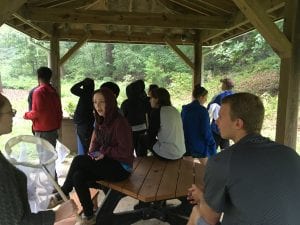Well, we are more than half way through the semester and the class has been moving along well. Week 7 started off with another nice day and trip to Oregon Ridge, the focus was to get grasshoppers and crickets, but we also got some more water striders and crayfish. We also caught some praying mantises, as they were pretty abundant in the field. We managed to get more grasshoppers, mostly short winged, and some crickets.
Wed. we had our only exam, a midterm to ensure we all understood the content. The class did well, 13 short answers and a B average.
Week 8 started with a tank of dead crayfish (miscommunication, overfeeding, and a build up of ammonia). We sent the crayfish team out to catch some more with Aaron, while the rest stayed behind and began working on collecting data. They set up their high-speed cameras and tanks to capture the performance they were interested in. By the end of the day, each group had gotten their filming setup figured out, and started collecting data. Water striders were gliding on calm water, invasive stink bugs were flying towards the light, and grasshoppers were jumping in the air. On Wed. we continued filming and the crayfish team got up and running after being a bit behind. The groups had an assignment due with a video from their research, a digitized point, and resulting kinematics. We are still working on it, as I am going to work with groups this week to finalize their kinematic code to get the data they need. But, we have animals, we have projects, and now we have some data. My concerns at the beginning of the semester of whether this whole thing will work, (what will there questions be, can we get animals, can we get them to perform) have disappeared. Some concern with the stink bugs, but once we realized that they are phototaxis, and we need the light for the camera anyway, they were off and flying.

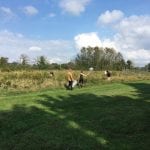
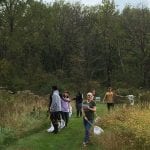
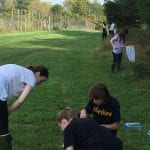
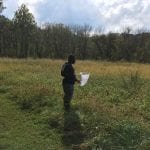
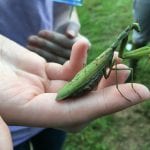
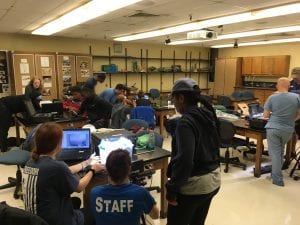 A quarter of the way through the semester. Weather has not been on our side. For week 3 we spent our time in lab practicing to film using some of the crayfish we had. Everyone got some crayfish escapes. We then moved to the computer lab to learn digitizing using the MTrackJ plugin for ImageJ. We used one of the praying mantis videos I had, and after we worked through the protocol, students started clicking (and clicking and clicking and clicking). They had an assignment due at the start of the next lab day tracking one point from one of the crayfish videos. Digitized points were graded based on this
A quarter of the way through the semester. Weather has not been on our side. For week 3 we spent our time in lab practicing to film using some of the crayfish we had. Everyone got some crayfish escapes. We then moved to the computer lab to learn digitizing using the MTrackJ plugin for ImageJ. We used one of the praying mantis videos I had, and after we worked through the protocol, students started clicking (and clicking and clicking and clicking). They had an assignment due at the start of the next lab day tracking one point from one of the crayfish videos. Digitized points were graded based on this 